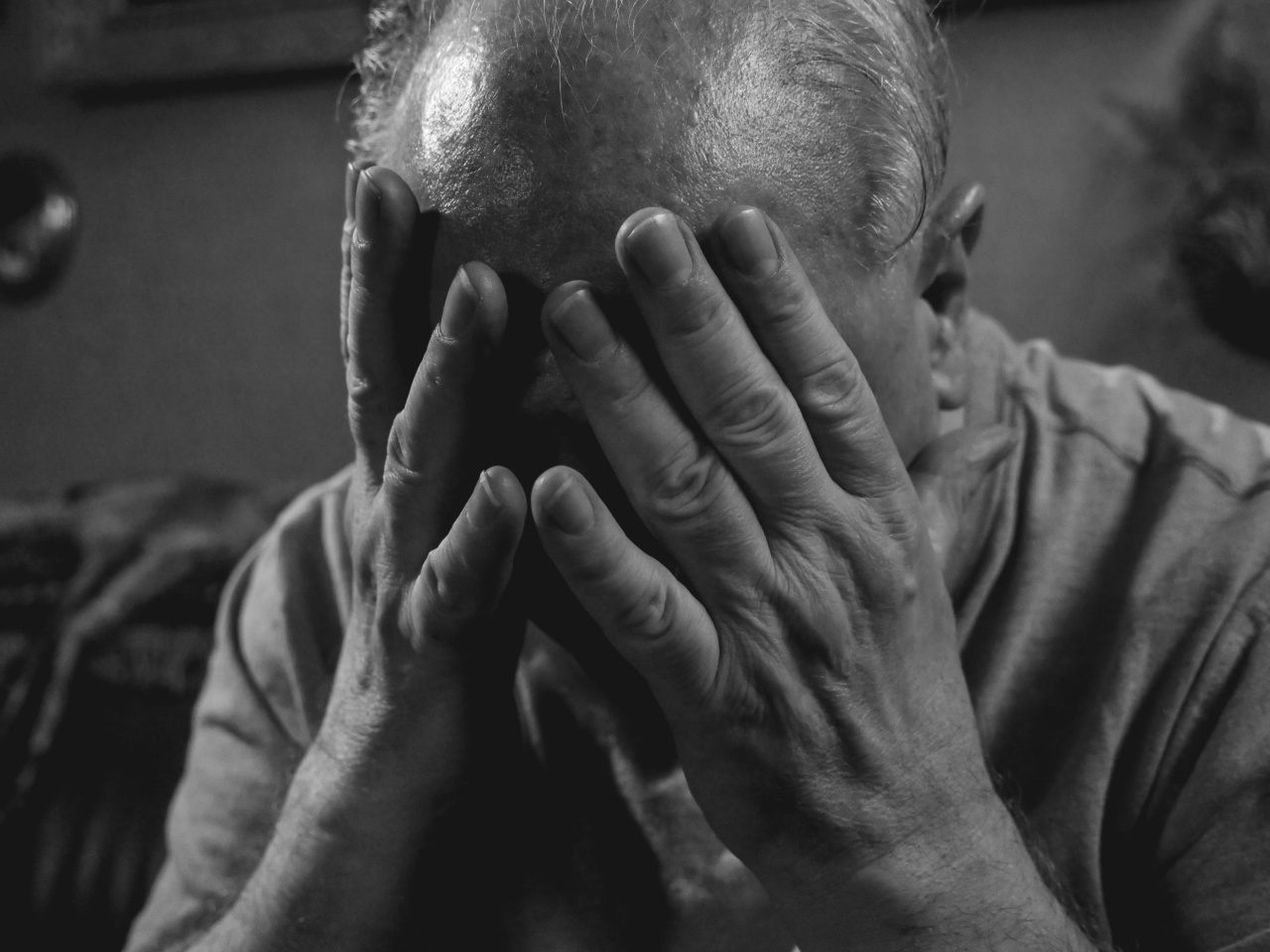Emotions are an essential part of human life, influencing how we perceive and interact with the world around us. They often leave a lasting imprint on our faces, gradually forming expression wrinkles that become markers of our emotional experiences.
These wrinkles can provide valuable insights into our lives, revealing our deepest emotions and experiences. This study aims to delve into the fascinating realm of expression wrinkles and understand the emotional imprints they carry.
The Science Behind Expression Wrinkles
Wrinkles are a natural part of the aging process, but expression wrinkles differ in their formation. These wrinkles occur due to the repeated contraction of specific facial muscles when we express various emotions.
Over time, the skin loses its elasticity, leading to the formation of permanent lines and wrinkles, commonly known as expression wrinkles.
The Seven Universal Emotions
Research suggests that there are seven universal emotions that can be expressed through facial expressions: happiness, sadness, anger, surprise, fear, disgust, and contempt.
Each of these emotions elicits a distinct pattern of facial muscle movements, resulting in unique expression wrinkles.
Mapping Emotions onto the Face
In order to understand the emotional imprints on our faces, scientists have mapped specific emotions onto different regions of the face.
For example, happiness is primarily associated with the eyes and mouth, while sadness is characterized by drooping eyebrows and downturned lips. By studying these facial markers, researchers can gain valuable insights into an individual’s emotional experiences.
The Role of Genetics and Environment
While the formation of expression wrinkles is primarily influenced by facial muscle movements, genetics and environmental factors also play a significant role.
Genetic predispositions can affect how quickly and prominently expression wrinkles appear, whereas environmental factors like sun exposure, smoking, and stress can accelerate their formation. Additionally, cultural and societal norms surrounding emotional expression can also influence the development of expression wrinkles.
The Emotional Spectrum of Wrinkles
Expression wrinkles can provide a timeline of an individual’s emotional experiences throughout their life. As emotions evolve and change over time, so do the imprints they leave on our faces.
By studying the depth, length, and prominence of expression wrinkles, researchers can gain insights into the emotional spectrum of an individual, understanding their happiness, sorrow, stress, and other emotional journeys.
Psychological Implications of Expression Wrinkles
Expression wrinkles not only reveal an individual’s emotional experiences but also have psychological implications.
People with deeper expression wrinkles associated with negative emotions might be perceived differently by others, potentially leading to different social interactions. Furthermore, individuals may develop specific behaviors and coping mechanisms as a response to their expression wrinkles, shaping their personality and overall well-being.
Embracing Expression Wrinkles
While expression wrinkles may be considered signs of aging, it is crucial to embrace and appreciate these imprints of our emotional lives. Each wrinkle tells a unique story, reflecting the full range of human emotions experienced by an individual.
By reframing our perception of expression wrinkles, we can learn to appreciate the richness they add to our faces.
Implications for Cosmetic Procedures
The study of expression wrinkles has also influenced the field of cosmetic procedures. Today, individuals seeking facial rejuvenation are not only concerned with reducing the signs of aging but also with maintaining their unique expression wrinkles.
This shift highlights the growing acceptance and appreciation of natural facial imprints.
Conclusion
Emotional imprints on our faces, manifested as expression wrinkles, provide a fascinating window into our emotional lives.
By understanding the science behind their formation and mapping emotions onto specific facial regions, researchers can uncover valuable insights into an individual’s psychological state and emotional journeys. By embracing these wrinkles, both personally and in the context of cosmetic procedures, we can celebrate the richness and complexity of our emotional experiences.





























